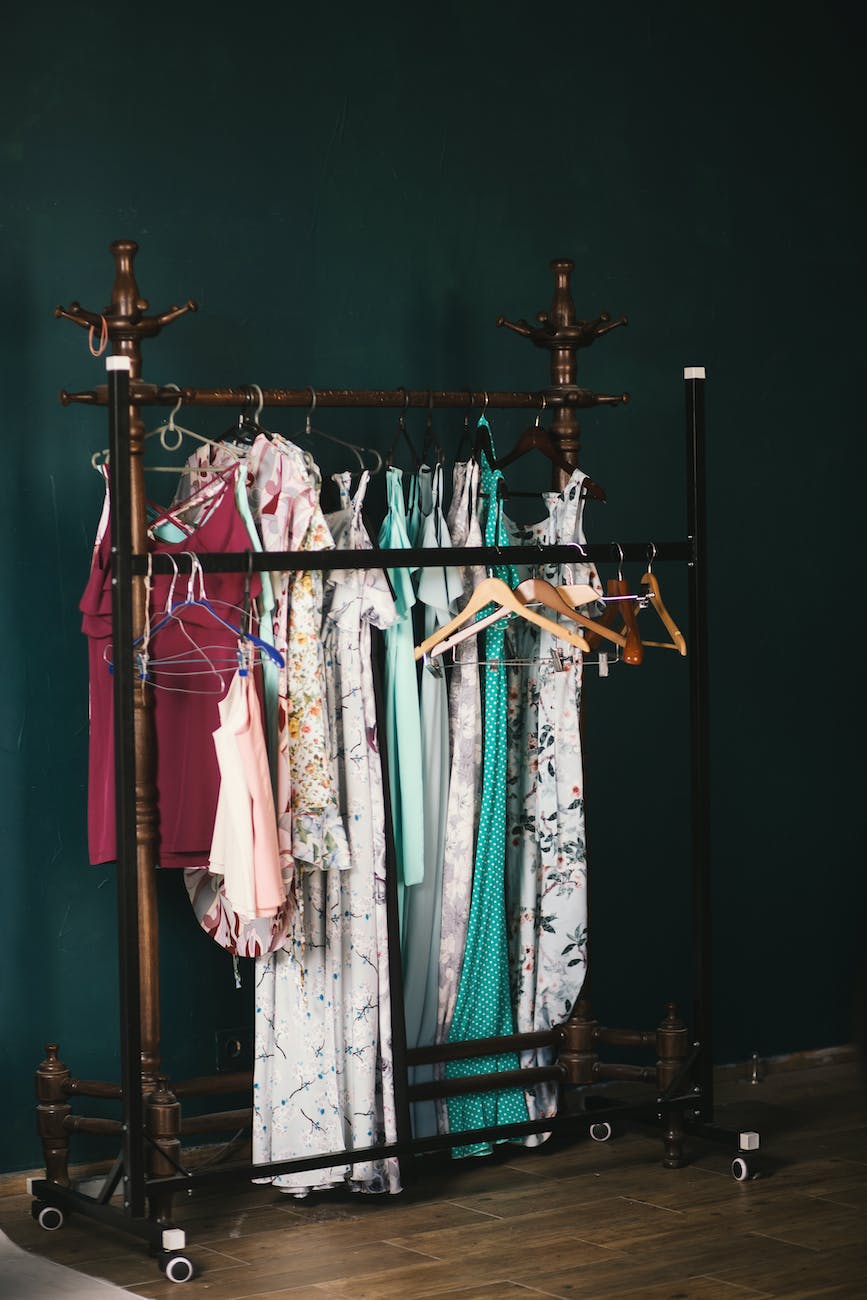Question:
What type of jewelry are men allowed to wear?
Answer:
As for your question regarding what type of jewelry and clothing men are allowed to wear, we’ll first have a look at what Ibn Abi Zayd says. “The Messenger- may Allah grant him mercy and peace – forbade men to wear silk, and gold or iron rings.”
The prohibition against men wearing gold and silk can be found in both Sahih Bukhari and Muslim. As for the prohibition against wearing iron rings, it is taken to mean that it is disliked to do so, not that it is haram (check Hashiyat Al-’Adawi) as in the case of gold and silk. It is also forbidden to sit on or recline on silk garments and rugs according to the overwhelming majority of scholars due to the hadith reported by Bukhari prohibiting one from sitting on top of silk. Ibn al-Majishun, the Maliki, held it to be permissible to do so, but his opinion is considered weak. What led the majority of scholars to deduce that wearing iron rings is merely disliked was the conflict between hadith indications.
Some of them give the impression of it being impermissible, while others give the impression that it is permissible. As for what gives the impression that it is impermissible to wear iron rings, it is that a man came to Allah’s Messenger – may Allah grant him mercy and peace – wearing an iron ring, and he said, “Why is it that I see on you the attire of the people of the Fire?” As for what gives the impression of it being
permissible, it is the Prophet’s statement regarding giving a
dower, “Seek out (something) even if it is an iron ring.” The
majority of scholars then deduced that it is not haram to where an iron. But it is also not absolutely permissible. Rather, it is disliked to do so, since the Prophet – may Allah grant him mercy and peace – merely intended to stress the importance of the dower, not that it was permissible to give it as one. Or he merely intended that one should atleast seek out an iron ring so that the woman can benefit from its monetary
value after it is sold. Allah knows best.
Ibn Abi Zayd then says, “It is not wrong to use silver to decorate a ring (of leather, for example) or a sword or a copy of the Qur’an, but silver should not be put in a bridle or saddle or a knife or other such things.”
Based upon this, it is permitted for one to decorate his ring with silver as long as it is made of something permitted to wear like a ring of leather. If the ring happens to be made of things like iron, copper, or lead, it isn’t permitted for one to decorate it with silver and to wear it, because of the Prophet’s statement to the man he saw wearing an iron ring, “Why is it that I see on you the attire of the People of the Fire?” And the chains and yokes of the inhabitants of Hell will be made of iron. As for copper and the like, the Prophet said to a man that he saw wearing a copper ring, “I sense from you the odor of the idols.” This is because the idols were made of lumber, copper, silver, and other things like it. So it is as if he considered the person who wore such things similar to the one who worshipped them. These hadiths can be found in Ibn
Al-’Arabi’s commentary on Imam Malik’s Muwatta (Al-Qabas).
What also supports the permissibility of wearing silver rings is the fact that the Prophet – may Allah grant him mercy and peace – used to wear a silver ring on both his right and left hand of his little finger (khinsar). It is said that he mainly wore it on his left hand. The first 3 of the 4 Rightly Guided Caliphs had possession of that ring in succession to one
another until it fell into the well of Aris during the seventh year of Uthman’s caliphate. And the words “Muhammadur-Rasulullah” were engraved in the ring. They used to use it as a government seal. This can be found reported in Bukhari, Muslim, and Tirmidhi.
Swords were decorated with silver since its radiance and brilliance would strike fear into the hearts of the enemies of Islam. And the Qur’an is decorated with it as a sign of its greatness to others and a sign that believers also hold it in high regard.
Ibn Abi Zayd says, “…but silver should not be put in a bridle or saddle or a knife or other such things.”
This is said merely to restrict the permissibility of decorating
things with silver to those things mentioned in the law as being recommended to decorate with silver, whereas the law makes no mention of decorating bridles, saddles, knives, or any other things used in war with silver. Scholars uphold this distinction also through the fact that zakat has not been made due on silver used to decorate swords, the Qur’an, or things permitted to be taken as rings. But it is due on any other thing decorated with silver.
Ibn Abi Zayd then says, “Women may wear gold rings, but (TheMessenger) forbade them iron rings. The common choice from what is related concerning wearing rings is to wear it on the left hand, since the right hand is used for taking things: A man takes something with his right hand, then puts it in his left. There is a difference of opinion concerning the use of clothes with some silk woven in (khazz). Some say it is permitted; othes say it is disapproved. The same is true about silk badges on clothes, unless a thin piece is used.”
Imam Al-Bayhaqi reports that the Prophet – may Allah grant him mercy and peace – had a silver ring and used to wear it on his left hand. Likewise did Abu Bakr, Umar, Uthman, Ali, Hasan, and Husain. And in Sahih Muslim mention is made
that the Prophet used to wear it on his little finger of his left
hand.
As for what is known as khazz, it is a garment whose warp
(lengthwise thread) is silk, and whose woof (widthwise thread) is wool. There are three opinions concerning it amongst the Malikis:
1- Permissible (Ibn al-Arabi),
2-Disliked (Ibn Rushd), and
3-Forbidden (Al-Qarafi and the apparent view of Imam Malik).
What supports this final view is the hadith of the Prophet wherein he says of a companion by the name of Atarid who used to sell khazz in the market place, “Only those who have no portion in the Hereafter wear this.” According to many scholars, the garments sold by Atarid were a mixture of wool and silk. However, some narrations state that they were pure silk. In such a case, the statement of the Prophet would be directed towards the sale of pure silk. And this is why the
scholars disagree.
As for badges of silk on ones clothing, there is agreement that if the size of the silk badge is equal to the size (in width) of a
finger of the average human being then it is permissible. But they differ with regard to more than that up to 4 fingers. Some say that from 1 to 4 is permissible. Others say that from 2 to 4 is disliked.
As for more than 4 fingers width, they all agree that it is
forbidden to wear.
And Allah knows best
Was Salaam
Abdullah
source : http://www.lamppostproductions.com/is-a-wife-obligated-to-relocate-with-her-husband-2/






